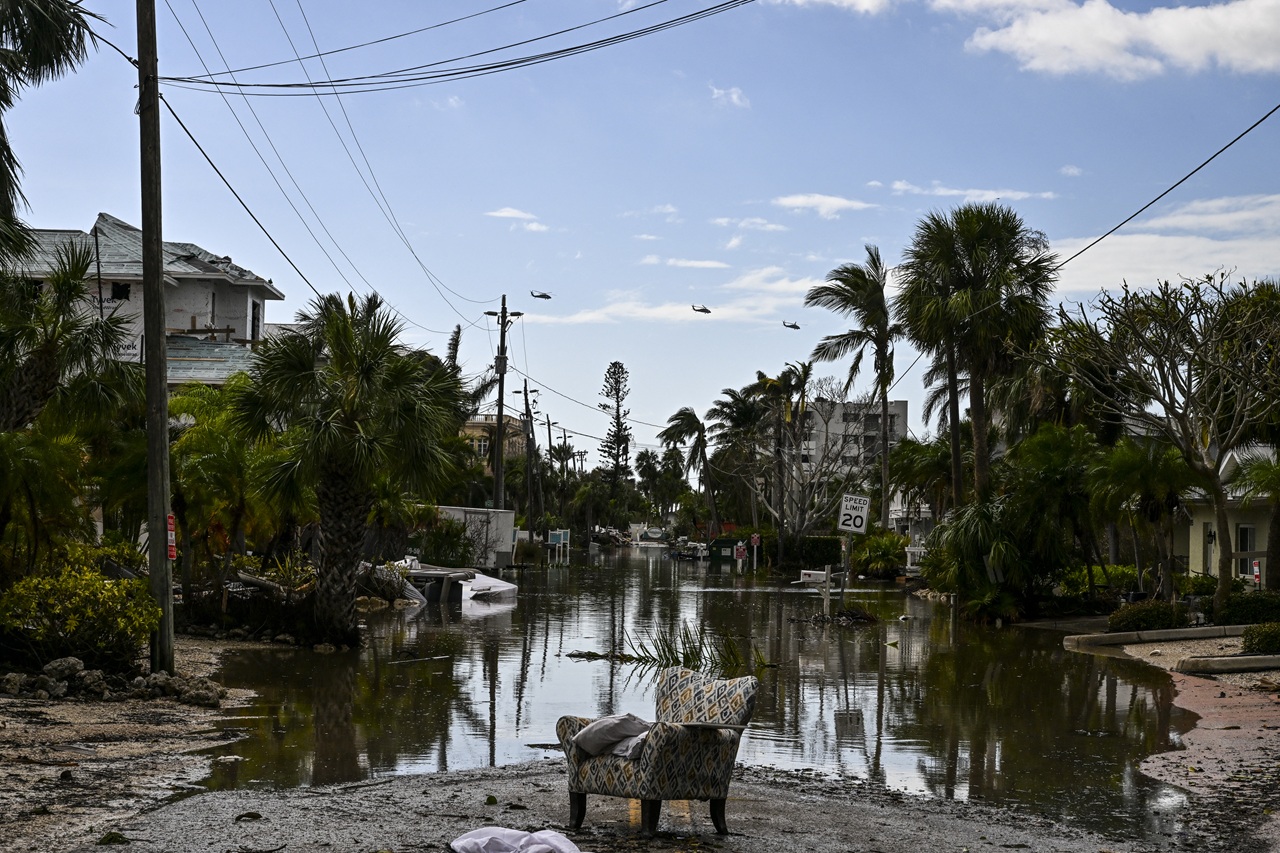
Climate Change in Guatemala, the real force behind immigration
Guatemalans are one of the most significant groups among the immigrant population in the United States. Their motivation to leave their home country has much…
When it comes to immigration, it’s easy to just stand on the sidelines.
We’re constantly bombarded with images of thousands of displaced people all over the world, while politicians perpetuate sterile discussions about "whether to let them in or not.”
Over time, we become immune to the suffering of others while stereotypes gain ground, unconsciously convincing us that the one who decides to emigrate is a freeloader or a carefree adventurer.
The true constellation of reasons that causes someone to leave behind his home country is still generally ignored.
Sixty years ago, it wasn’t common to see a Guatemalan immigrant in the United States.
After an armed conflict sponsored by President Eisenhower in 1954, and Reagan's prolonged intervention to manipulate Central American politics.
An estimated 200,000 Guatemalans were killed in the armed conflict, which lasted from 1960 to 1996, the vast majority of them (more than 80 percent) from the Mayan indigenous population. The U.S.-backed government forces were responsible for more than 90 percent of the killings, as the country’s political and societal infrastructure crumbled.
According to official figures from the Department of Homeland Security, the Guatemalans in the U.S. began to register an index from the 70s and 80s on. By the 90s, there were up to 100,000 Guatemalan residents in the U.S.
At the end of the year 2000, that figure had increased to 372,487.
RELATED CONTENT
But along with the genocide, as many refer to the mass killings of indigenous peoples that took place in Guatemalan during the armed conflict, as well as the social breakdown, an environmental phenomenon evolved to impact the Central American country with the same force.
Prejudice and stigma transformed the Guatemalan immigrant into a sort of "opportunist,” while what has really happened back home can be characterized as a climate disaster fueled by bad internal economic policies and the negligence of the international community.
About one million immigrants have decided to abandon the Central American country due to the impossibility of plowing and properly irrigating much of the once-fertile soil — a reality which has driven most of the population to the point of starvation.
Years of drought in the so-called "dry corridor" — located between eastern Guatemala and western Honduras — has ended agricultural production in the region.
The Intergovernmental Panel on Climate Change — a U.N. organization — has been warning about this for a long time, relying on the findings of 800 international scientists who have urged for the control of gas emissions and the transition to clean energies to reduce global warming.
Guatemala is among the countries most affected worldwide by the impact of man’s hand on nature, suffering from irregular rainy seasons with less than 50 percent humidity, which hinders agriculture, water supply and the generation of hydroelectricity.
Its citizens prefer to join caravans to the north than to continue dying back home, while the so-called “leaders of the Free World” dare reduce climate change to a mere myth.











LEAVE A COMMENT: